The ever name changing California Seals were founded as part of the great NHL expansion of 1967-68. The San Francisco / Oakland area was not considered a particularly lucrative market for hockey, but the terms of a new television agreement with CBS called for two of the six new expansion teams to be located in California, with the other club being the Kings in Los Angeles.
Today's first featured jersey is a 1967-68 Oakland Seals Charlie Hodge jersey. As seen above, the California Seals began play with a "C" logo, but removed those crests and replaced them with an "O" logo following their early season name change. At the same time as the change from the original C logo to the O logo, the club also added a top layer of white to their original blue numbers outlined in white due to complaints that the blue numbers were too hard to read against the green background. This style jersey was worn for two seasons until a one year only style with wider striping and white shoulders.
Bonus jersey: Today's first bonus jersey is a 1967-68 California Golden Seals Alain Charon jersey. This home white jersey started from the beginning with three color numbers on the back and sleeves, unlike the green jerseys' original two color numbers.
These jerseys were also converted from the original "C" logos to the modified "O" logos following the unsettled club's early name change.
Poor attendance led to threats by Van Gerbig to move the club and a poor record on the ice led to only seven of the original 20 players remaining on the team for it's second season.
roster wearing "O" logo sweaters
While the Seals finished with records below .500, they would qualify for the playoffs in each of the next two seasons, 1968-69 and 1969-70, the only times the club see postseason action in their nine seasons. In 1969 the Seals took the Kings to a full seven games before losing and in 1970 they were swept in four straight by the Pittsburgh Penguins.
Today's second featured jersey is a 1969-70 Oakland Seals Barry Boughner jersey. This jersey was a one year only style worn for just the 1969-70 season before Van Gerbig found a new buyer for the franchise who brought his own unique sense of fashion.
These jerseys would be worn for three seasons with a lace up collar and for a fourth with a new v-neck collar.
Unfortunately the the Golden Seals finished dead last in the NHL during their first season under Finley's ownership with just 45 points from 78 games. Even worse, their first overall pick in the 1971 NHL Entry Draft had already been traded to the Montreal Canadiens for the Canadiens' first round pick in 1970, left winger Ernie Hicke and the always needed cash. The player chosen by the Golden Seals with the 10th overall pick in the first round they received from Montreal turned out to be one Chris Oddleifson (95 career goals and 286 points), who they assigned to the minors before trading him to the Boston Bruins, never having played a game for the Golden Seals. Meanwhile, the Canadiens used the first overall draft choice obtained from the Golden Seals to select none other than future Hall of Famer Guy Lafleur, who went on to score 560 goal and 1,353 points and win 5 Stanley Cups in his 17 seasons.
Bonus jersey: Today's second bonus jersey is a 1971-72 California Golden Seals Joey Johnston jersey. This road green version was the first Seals jersey to feature names on the back and was worn during the period of Finley's ownership. The choice of white for the names on the back was a simple and effective way to give the jerseys increased contrast and the use of one color sleeve numbers is a throwback to simpler times.
Politically, Swig and the Gunds were relying on Swig's political connections with San Francisco Mayor Joseph L. Alioto to get a new hockey arena built downtown. "Alioto was very helpful, " Gund remembered. "He had hoped to put the team where the Moscone Center is now. It was very close to public transportation."Regrettably for the Seals, Swig's timing was off. Alioto was leaving office and Swig supported the wrong man in the 1975 election. When George Moscone took office, the new arena died. "The new mayor put the building on hold." Len Shapiro said. "He ran an investigation into the report and then said the survey had to be resurveyed , so basically, it went nowhere. Then there were plans to remodel the Cow Palace but that never happened either." Once those two plans fell through, the Seals were finished in the Bay Area."After the new arena in San Francisco fell through, the league gave us the go-ahead to move the team." Gund remembered. "We looked at a lot of other places. We looked at Denver and Seattle-Tacoma. We ended up picking Cleveland because hockey was very popular there."Rumors that the Seals would leave the Bay Area were almost as old as the team itself. The owners were quietly but aggressively looking over other locations. The NHL had planned expansion franchises for both Seattle and Denver, which were supposed to begin play in 1976-77. The new entires, though, were experiencing problems so moving the Seals to those cities was still a possibility.Shapiro recalled when he first got an inkling the team might be leaving. "On February 1, 1976, I realized something might be up. I was in the office with Loretta Marcus [the team's secretary] and nobody else was there. I had no idea where anybody was. I looked at Munson Campbell's schedule and it said he was booked at the Cleveland Hilton. Then I knew something must be up."George and Gordon Gund owned the Richfield Coliseum in Richfield, Ohio, where the NBA's Cleveland Cavaliers played. It was halfway between Akron and Cleveland, a location that would cause the franchise more problems in the future. In typical Seals fashion, even it's exit was not smooth. The club participated in the July 1976 entry draft as the Seals and even started selling tickets for the upcoming season in Oakland.At the 1976 entry draft, the Seals made history by becoming the first NHL team to use its frist-round draft pick on a European player by drafting Swedish defenseman Bjorn Johansson. The team didn't make it's intention to move officially known until August 26, 1976. It was announced that the team would move to Cleveland and take the name of the AHL franchise that played there for so many years, the Barons. Because of the late move, the Barons had a mere six weeks to sell tickets in their new home. Once again, the franchise started its new life behind the proverbial eight ball.
Here are some fantastic old videos of the Seals in action. Check out those rinkside seats for $5.50 and playoff tickets for $12. Sign us up!

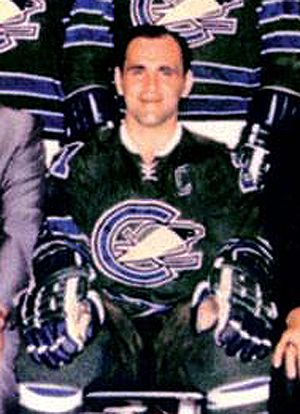
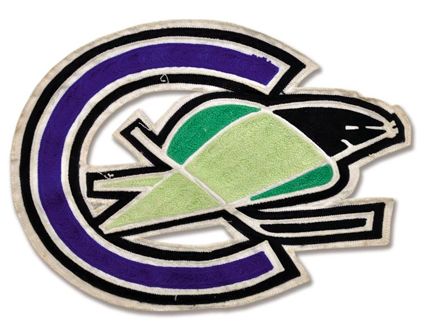
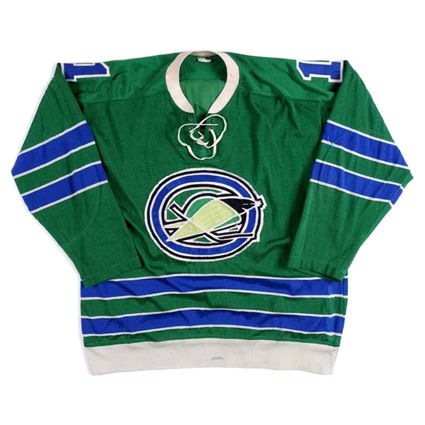
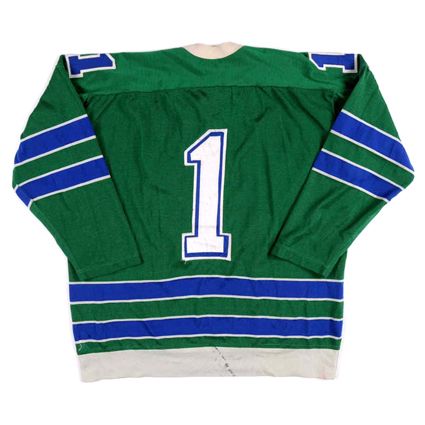
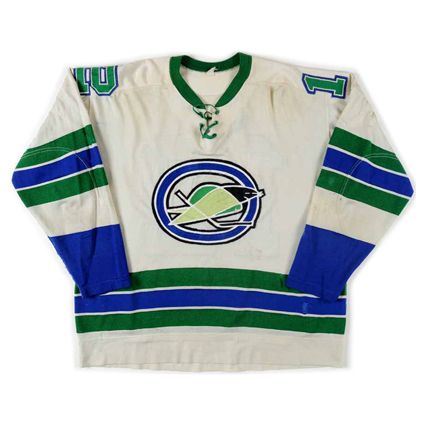
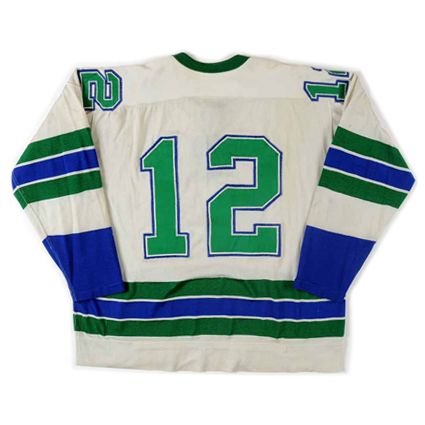
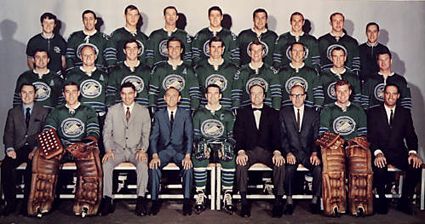
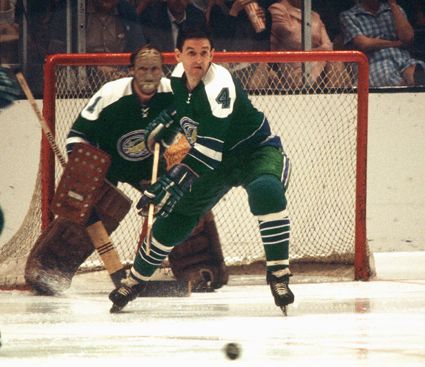
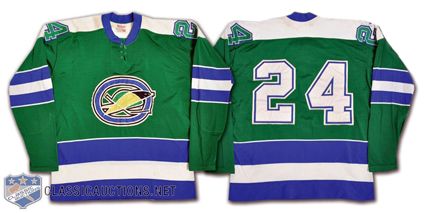


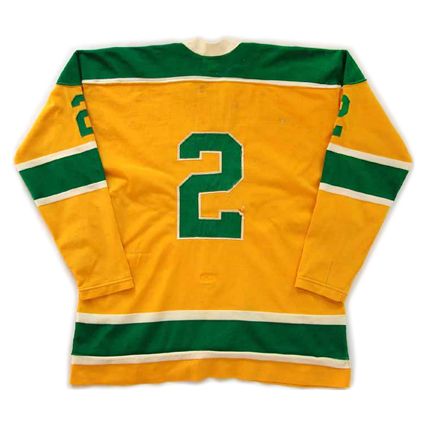
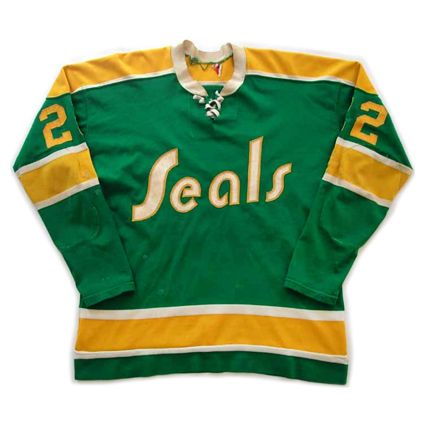
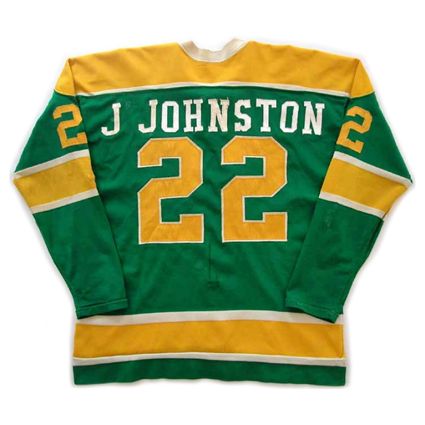

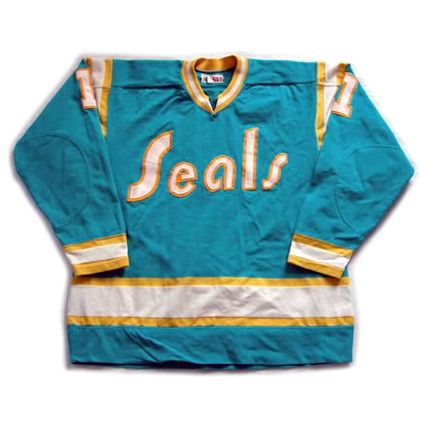
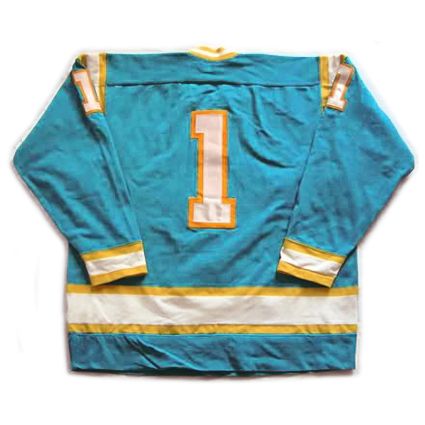
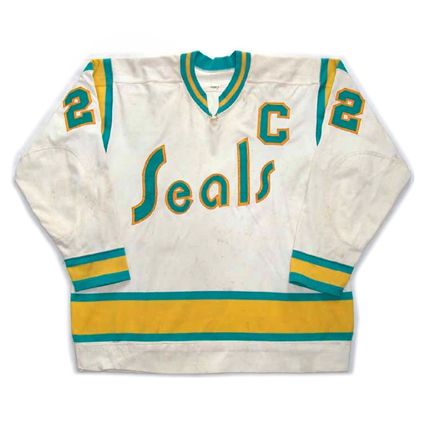
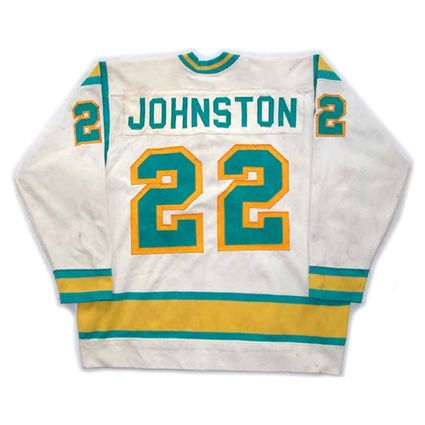










No comments:
Post a Comment
We welcome and encourage genuine comments and corrections from our readers. Please no spam. It will not be approved and never seen.